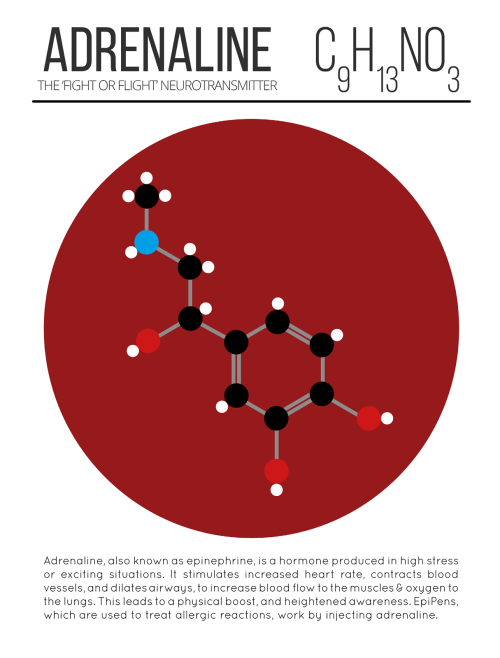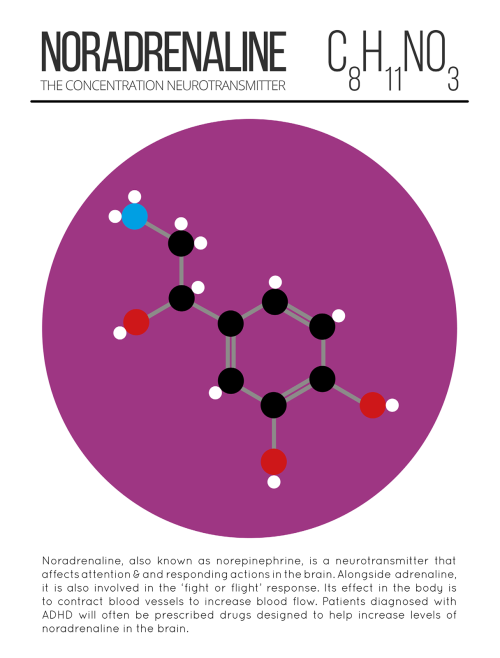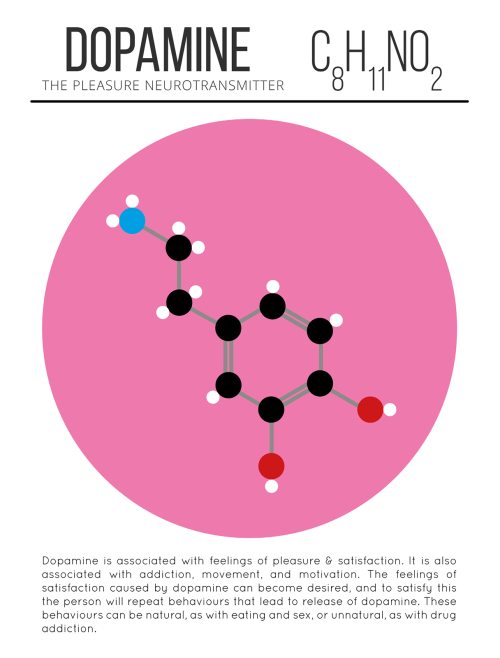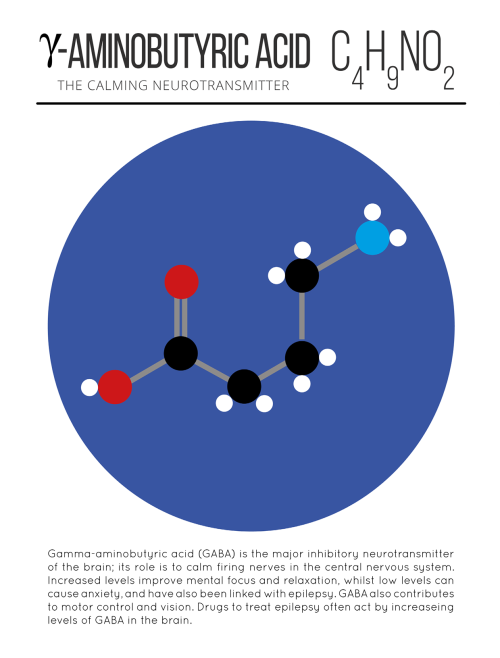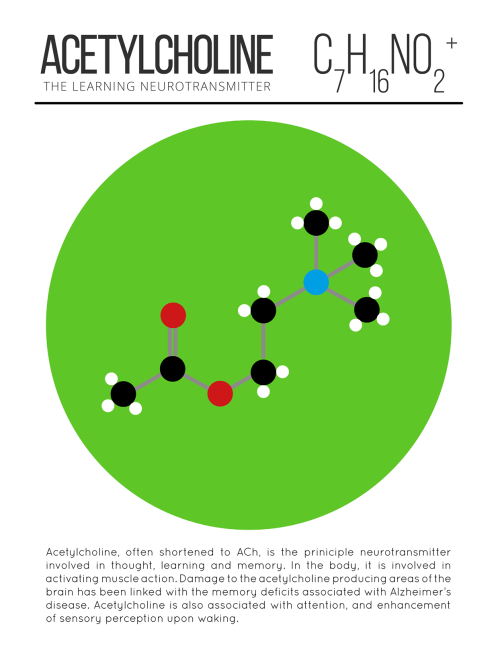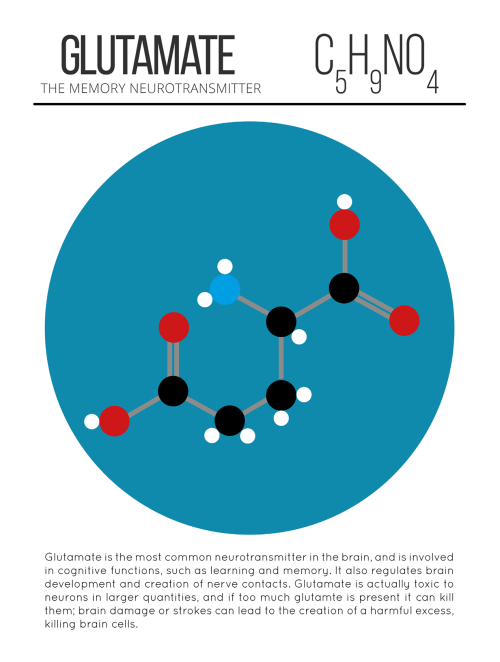In The Alice In Wonderland World Of The Atomically Small, Things Can Be In Two Places At Once, Merely

In the Alice in Wonderland world of the atomically small, things can be in two places at once, merely looking at a particle can alter a twin on the other side of the universe apparently instantaneously, and theoretical cats can be both alive and dead.
Certainty is also somehow replaced by chance, an idea that once moved a somewhat vexed Albert Einstein to famously say: “God doesn’t play dice with the universe.”
Such strange, almost magical effects have always been confined to the world of photons and atoms – until now.
In the journal Nature, scientists at the US National Institute of Standards and Technology (NIST) in Colorado reported the first “glimpses” of quantum effects, as they are known, happening on a scale just large enough to be seen by the human eye.
It is a breakthrough that could have significant implications for attempts to create quantum computers that are many millions of times faster than the current machines.
One of the researchers, Dr John Teufel, told the Independent: “I think we’re in an extremely exciting time where this technology we have available gives us access to things people have been talking about as thought experiments for decades.
“Just now what’s exciting is we can go into the laboratory and actually witness these quantum effects.”
Continue Reading.
More Posts from Contradictiontonature and Others

It’s #InternationalWomensDay! Here are twelve pioneering female chemists. Larger image & downloadable poster: http://wp.me/p4aPLT-2ra


Virus carrying DNA of black widow spider toxin discovered
A tiny virus that may sting like a black widow spider.
That is one of the surprise discoveries made by a pair of Vanderbilt biologists when they sequenced the genome of a virus that attacks Wolbachia, a bacterial parasite that has successfully infected not only black widow spiders but more than half of all arthropod species, which include insects, spiders and crustaceans.
“Discovering DNA related to the black widow spider toxin gene came as a total surprise because it is the first time that a phage – a virus that infects bacteria – has been found carrying animal-like DNA,” said Associate Professor of Biological Sciences Seth Bordenstein. He and Senior Research Specialist Sarah Bordenstein reported the results of their study in a paper titled “Eukaryotic association module in phage WO genomes from Wolbachia” published Oct. 11 in the journal Nature Communications.
Sarah R. Bordenstein, Seth R. Bordenstein. Eukaryotic association module in phage WO genomes from Wolbachia. Nature Communications, 2016; 7: 13155 DOI: 10.1038/ncomms13155
DNA related to black widow spider toxin has been found in a bacterial virus. (iStock)
The oval shape in this electron microphotograph is a Wolbachia bacterium that has infected a Nasonia wasp. The small dots in the bacterium are WO phage particles. The inset shows them at a higher magnification. The white arrows in the inset point to the phage tails. The scale bar in the image is 200 nm and the bar in he inset is 100 nm. (Bordenstein Lab / Vanderbilt)

Popcorn’s explosive pop looks pretty cool in high-speed video, but just watching it with a regular camera doesn’t show everything that’s going on. If we take a look at it through schlieren optics, the kernel’s pop looks even more extraordinary:

The schlieren technique reveals density differences in the gases around the corn–effectively allowing us to see what is invisible to the naked eye. The popcorn kernel acts like a pressure vessel until the expansion of steam inside causes its shell to rupture. The first hints of escaping steam send droplets of oil shooting upward. The kernel may hop as steam pours out the rupture point, causing the turbulent billowing seen in the animation above. As the heat causes legs of starch to expand out of the kernel, they can push off the ground and propel the popcorn higher. As for the eponymous popping sound, that is the result of escaping water vapor, not the actual rupture or rebound of the kernel! See more of the invisible world surrounding a popping kernel in the video below. (Image credits: Warped Perception, source; Bell Labs Ireland, source; WP video via Gizmodo; BLI video submitted by Kevin)

I gotta split! Image of the Week - June 22, 2015
CIL:41466 - http://www.cellimagelibrary.org/images/41466
Description: Confocal image of a mitotic spindle in a dividing cell. The spindle is shown in yellow and the surrounding actin cytoskeleton is in blue. Sixth Prize, 2007 Olympus BioScapes Digital Imaging Competition.
Authors: Patricia Wadsworth and the 2007 Olympus Bioscapes Digital Imaging Competition®.
Licensing: Attribution Non-Commercial No Derivatives: This image is licensed under a Creative Commons Attribution, Non-Commercial, No Derivatives License

Swarms of magnetic bacteria could be used to deliver drugs to tumors
Researchers funded in part by the National Institute of Biomedical Imaging and Bioengineering (NIBIB) have recently shown that magnetic bacteria are a promising vehicle for more efficiently delivering tumor-fighting drugs. They reported their results in the August 2016 issue of Nature Nanotechnology.
Ouajdi Felfoul, Mahmood Mohammadi, Samira Taherkhani, Dominic de Lanauze, Yong Zhong Xu, Dumitru Loghin, Sherief Essa, Sylwia Jancik, Daniel Houle, Michel Lafleur, Louis Gaboury, Maryam Tabrizian, Neila Kaou, Michael Atkin, Té Vuong, Gerald Batist, Nicole Beauchemin, Danuta Radzioch, Sylvain Martel. Magneto-aerotactic bacteria deliver drug-containing nanoliposomes to tumour hypoxic regions. Nature Nanotechnology, 2016; DOI: 10.1038/nnano.2016.137
Illustration showing magnetic bacteria delivering drugs to a tumor. Credit: NanoRobotics Laboratory, Polytechnique Montreal

The Nobel prize in medicine has been awarded to a Japanese cell biologist for discoveries on how cells break down and recycle their own components.
Yoshinori Ohsumi, 71, will receive the prestigious 8m Swedish krona (£718,000) award for uncovering “mechanisms for autophagy”, a fundamental process in cells that scientists believe can be harnessed to fight cancer and dementia.
Autophagy is the body’s internal recycling programme - scrap cell components are captured and the useful parts are stripped out to generate energy or build new cells. The process is crucial for preventing cancerous growths, warding off infection and, by maintaining a healthy metabolism, it helps protect against conditions like diabetes.
Dysfunctional autophagy has been linked to Parkinson’s disease, type 2 diabetes, cancer and a host of age-related disorders. Intense research is underway to develop drugs that can target autophagy to treat various diseases.
Speaking to reporters in Tokyo on Monday, Ohsumi said: “As a boy, the Nobel Prize was a dream, but after starting my research, it was out of my picture.”
He said he chose to focus on the cell’s waste disposal system, an unfashionable subject at the time, because he wanted to work on something different.
“I don’t feel comfortable competing with many people, and instead I find it more enjoyable doing something nobody else is doing,” he added. “In a way, that’s what science is all about, and the joy of finding something inspires me.”
Ohsumi, who was in his lab when he received the phone call from Thomas Perlmann, secretary of the Nobel Committee, admitted to being in a “slight state of shock” about the news.
Continue Reading.





Neil deGrasse Tyson talking about creationism, science celebrities and kids on National Geographic. Watch the full video here.

The multiverse might not be madness after all.
Alternate realities, parallel dimensions, and multiple universes. Whatever you call it, the notion of other versions of existence is one of the most popular tropes in science fiction. In some other universe, you’re not reading this sentence but skydiving. In another, you’re nothing but a cockroach. In yet another, not only is life impossible, but atoms don’t even exist.
In recent years, though, such seemingly crazy ideas have shifted from fantasy and speculation toward bona fide science. Even among physicists, the multiverse has gone mainstream.
Theoretically, infinite universes might stretch beyond our own, like endless bubbles in a sea of boiling water. Each bubble has its own laws of physics, and although we may never visit or even see another bubble, some physicists say growing evidence is making the multiverse increasingly plausible—and even probable. Learn more here.

Vexing Virus Shields
Around 36 million people worldwide have HIV. Scientists are trying to develop an HIV vaccine using antibodies, molecules our bodies make to target and tag invading particles. Researchers have found that rabbits exposed to a strain of HIV produce antibodies targeting a specific part of the virus: a hole in its glycan shield. This shield consists of sugar molecules attached to the outside of the virus, protecting it from attack – the hole is thus a gap in its defences. However, although most HIV strains have a hole in their glycan shields, not many strains have one in the same position as was identified, so different antibodies would need to be developed. The image shows how much certain parts of the glycan shield are conserved between different HIV strains – red being 90–100%, and green 50–60%. This is a step towards vaccines, but the shield remains a challenge in vaccine development.
Written by Esther Redhouse White
Image by Sergey Menis, Laura McCoy and James Voss
The Scripps Research Institute, USA and University of Amsterdam, The Netherlands
Image copyright held by original authors
Research published in Cell Reports, August 2016
Published in eLife, June 2016
You can also follow BPoD on Twitter and Facebook
-
 queenjvianey reblogged this · 4 years ago
queenjvianey reblogged this · 4 years ago -
 roguesaintjack reblogged this · 7 years ago
roguesaintjack reblogged this · 7 years ago -
 ironlightmoon-blog liked this · 8 years ago
ironlightmoon-blog liked this · 8 years ago -
 shade-the-changinggirl reblogged this · 8 years ago
shade-the-changinggirl reblogged this · 8 years ago -
 danguy96 liked this · 8 years ago
danguy96 liked this · 8 years ago -
 lizawithazed liked this · 8 years ago
lizawithazed liked this · 8 years ago -
 proserpine-in-phases liked this · 8 years ago
proserpine-in-phases liked this · 8 years ago -
 autisticteeth liked this · 8 years ago
autisticteeth liked this · 8 years ago -
 manicpixiesdreamdragon reblogged this · 8 years ago
manicpixiesdreamdragon reblogged this · 8 years ago -
 howstrangethemusicsoundstome reblogged this · 8 years ago
howstrangethemusicsoundstome reblogged this · 8 years ago -
 howstrangethemusicsoundstome liked this · 8 years ago
howstrangethemusicsoundstome liked this · 8 years ago -
 mcfy92 liked this · 8 years ago
mcfy92 liked this · 8 years ago -
 thingsilikekinda reblogged this · 8 years ago
thingsilikekinda reblogged this · 8 years ago -
 sci-fi-wi-fi reblogged this · 8 years ago
sci-fi-wi-fi reblogged this · 8 years ago -
 9forgetmenot9 reblogged this · 8 years ago
9forgetmenot9 reblogged this · 8 years ago -
 surrenderssnottheoption liked this · 8 years ago
surrenderssnottheoption liked this · 8 years ago -
 fhc-lynn reblogged this · 8 years ago
fhc-lynn reblogged this · 8 years ago -
 forthereshewas reblogged this · 8 years ago
forthereshewas reblogged this · 8 years ago -
 koraxa-the-deviant reblogged this · 8 years ago
koraxa-the-deviant reblogged this · 8 years ago -
 alexanders-archives reblogged this · 8 years ago
alexanders-archives reblogged this · 8 years ago -
 alexanders-archives liked this · 8 years ago
alexanders-archives liked this · 8 years ago -
 kittencatislawabiding reblogged this · 8 years ago
kittencatislawabiding reblogged this · 8 years ago -
 strughler reblogged this · 8 years ago
strughler reblogged this · 8 years ago -
 strughler liked this · 8 years ago
strughler liked this · 8 years ago -
 abadurl reblogged this · 8 years ago
abadurl reblogged this · 8 years ago -
 aka-hawkguy liked this · 8 years ago
aka-hawkguy liked this · 8 years ago -
 pre-med-disaster-blog reblogged this · 8 years ago
pre-med-disaster-blog reblogged this · 8 years ago -
 ladyofnonsequitur liked this · 8 years ago
ladyofnonsequitur liked this · 8 years ago -
 noblessejess reblogged this · 8 years ago
noblessejess reblogged this · 8 years ago -
 beckernyms reblogged this · 8 years ago
beckernyms reblogged this · 8 years ago -
 magiclunadust reblogged this · 8 years ago
magiclunadust reblogged this · 8 years ago -
 harmonysong reblogged this · 8 years ago
harmonysong reblogged this · 8 years ago -
 inventandcreate-blog reblogged this · 8 years ago
inventandcreate-blog reblogged this · 8 years ago -
 utot-atbp liked this · 8 years ago
utot-atbp liked this · 8 years ago -
 icecream3105 reblogged this · 8 years ago
icecream3105 reblogged this · 8 years ago -
 edeniden reblogged this · 8 years ago
edeniden reblogged this · 8 years ago -
 beith reblogged this · 8 years ago
beith reblogged this · 8 years ago -
 naenaetoday liked this · 8 years ago
naenaetoday liked this · 8 years ago
A pharmacist and a little science sideblog. "Knowledge belongs to humanity, and is the torch which illuminates the world." - Louis Pasteur
215 posts

